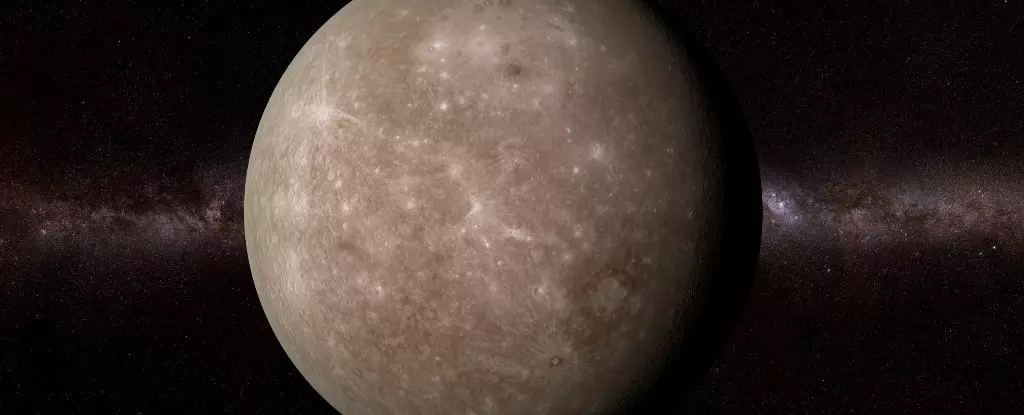Recent simulations of Mercury’s formation have suggested the intriguing possibility of a 15-kilometer thick layer of solid diamond in its core. This discovery, if proven to be true, could have significant implications for our understanding of rocky planets like Mercury and shed light on the mysteries surrounding the tiny planet’s magnetic field.
Theoretical Background
A team of scientists from research institutes in China and Belgium revisited the internal structure of Mercury based on reassessments of its gravity field models. They hypothesized that if the boundary between the core and mantle of Mercury is deeper than previously thought, it could lead to the crystallization of carbon, forming a thick layer of solid diamond.
The researchers used thermodynamic modeling to simulate the extreme conditions under which Mercury formed and cooled. They found that under these conditions, diamond could crystallize within the molten core and rise towards the mantle along with graphite, forming a layer estimated to be 15 to 18 kilometers thick.
Implications for Planetary Dynamics
The presence of a solid diamond layer in Mercury’s core could have a significant impact on our understanding of its internal dynamics. The thermal conductivity of diamond could affect the way heat is transferred from the core, influencing predictions on planetary cooling and the evolution of other rocky worlds.
Mercury is the only rocky planet, aside from Earth, to have a magnetic field. Understanding why Mercury’s magnetic field has persisted for so long could require a reevaluation of the planet’s internal composition. The movement of materials responsible for generating magnetic fields could be influenced by the presence of a diamond layer in Mercury’s core.
The possibility of a diamond layer in Mercury’s core opens up new avenues for research and could provide valuable insights into the formation and evolution of rocky planets. Further studies are needed to confirm the presence of diamond in Mercury’s core and to explore the wider implications of this discovery.


Leave a Reply